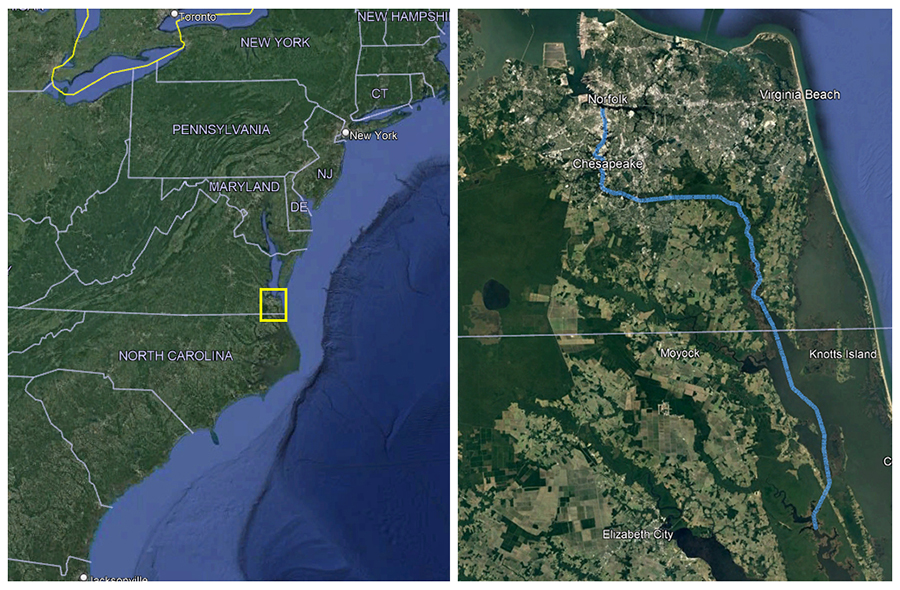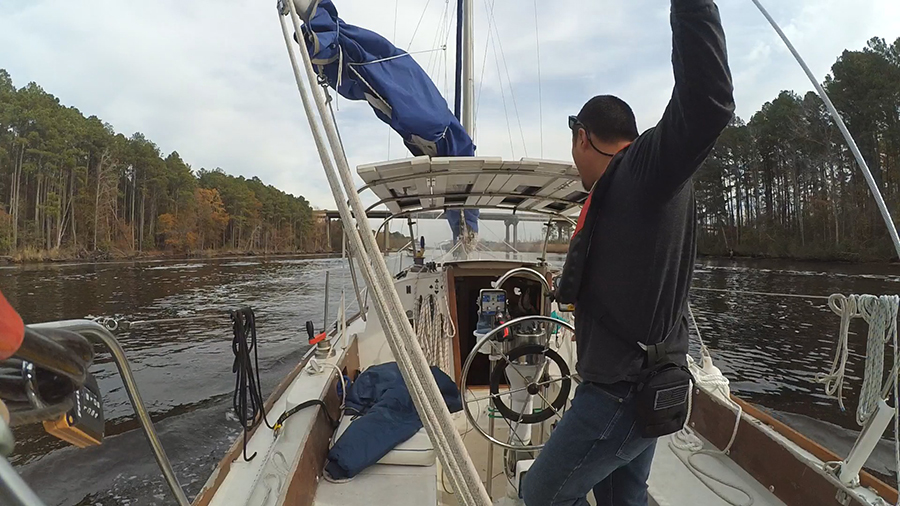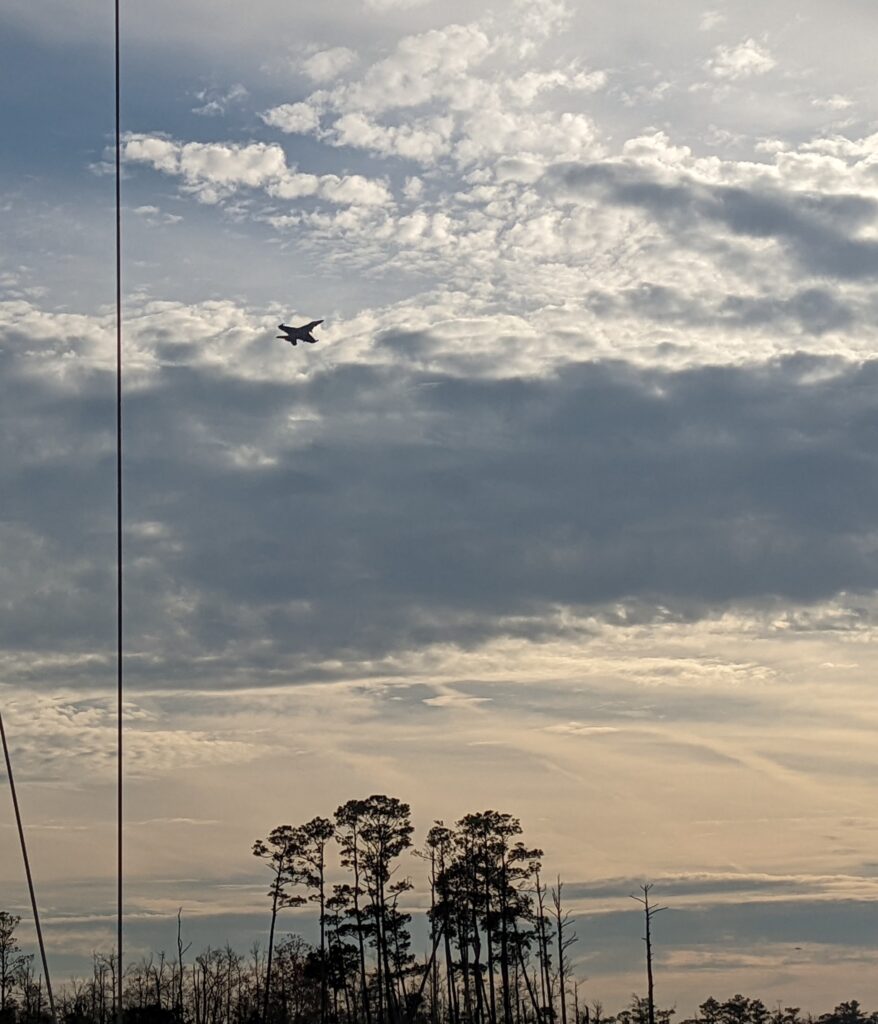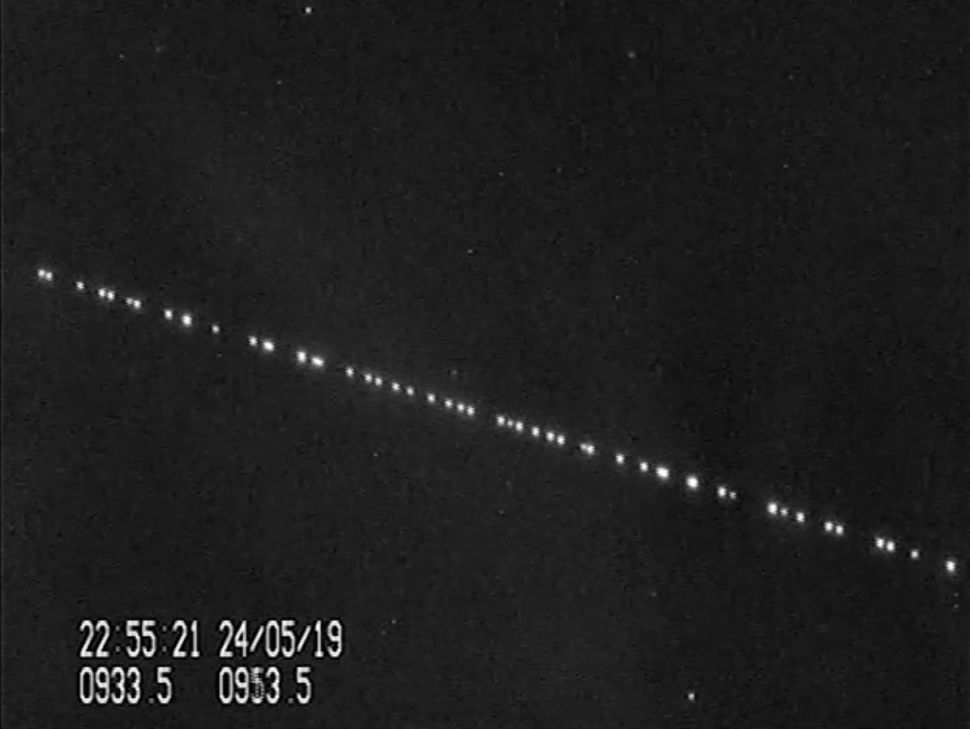ICW: Portsmouth VA to North River NC
I travelled approximately fifty nautical miles* this day, from Hospital Point anchorage at Portsmouth VA to North River, a few miles south of Coinjock, North Carolina. I anchored between markers “135” and “137” on the other side of the channel.

I tell my guests at work to dress as if was going to be twenty degrees colder than it is. For example, if its ninety degrees out, dress like it is seventy. It is always colder on the water, especially when you aren’t in direct contact with the sun. This is because wind tends to blow with greater velocity than it does out on land, and there is less heat radiating from the surface.
Tonight’s low in the area is in the high forties. With all my gear on, it wasn’t that bad. I decided to save some propane and skip the heater. Inside Sonora’s cabin, it felt like it is in the thirties. Blissfully sheltered from the wind of course. I had some regrets about my decision but I didn’t think I’ll be waking up feeling like my nose is frozen.
I was in a great mood as I weighed anchor this morning. I had originally wanted to leave earlier around seven in the morning, but I forgot that I have to return the laundry key to get my deposit back. Every dollar is precious when you are on a cruise. Besides, the Tidewater Marina, which is the marina I’d been using for shower and laundry access, had been good to me all these years. I hope they don’t fill up the anchorage with mooring balls. They opened at nine in the morning, so I just slept in. My boat was already mostly ready to go. All I really had to do was put the dinghy outboard on the sailboat.
It was about ten when I was finally underway. Having to go through multiple bridges in a short amount of time was fun when I was crew, but as skipper and the only hand aboard, it was more stressful. Particularly, timing the stop and wait portions was stressful. Keeping safe distance with he boats fore and aft. I got the hang of it after a few bridges. The great steel structures loomed overhead as I moved under them, as if they were opening their gates to the great unknown. It reminded me of that famous scene in a particular Spielberg movie that has a lot of dinosaurs in it, as well as a lawyer that dies pretty early on.** This is strange as bridges aren’t really gates, but I was coming up on a structure that was actually a gate.
Last year, I did this trip with my friend captain Rob Primmer, who runs a lovely sailing cruise business up in Baltimore. I helped him deliver his thirty-eight foot sailboat down to North Carolina. This trip was through the Great Dismal Swamp Canal, which is the longer, more historic and more scenic . I think we went through four locks on that trip. In the Albermerle and Chesapeake canal, there is only one lock. Of course, the Intracoastal Waterway portions of the Elizabeth River are artificially dredged. The outer banks of North Carolina are not– they are a natural body of water. So the lock serves to equalize the two bodies of water.
No sweat. I arrived at the Great Bridge locks and tied up. The lock behind me closed and the water levels slowly changed. Ten minutes later, and I was on my way. After you’ve been through one, the whole affair is unceremonious. The trawler that was behind me and the big sailboat sailboat ahead would end up doing this leg with me. We all travelled at different speeds. Sonora, being the smallest one, is typically the slowest boat when we are steaming,* but we’d get close whenever we were waiting for a bridge to open up.
There was only one bridge that wasn’t opening on demand – the North Landing bridge. Ed is always helpful near his local waters. He was texting me about how he always arrives five minutes after the bridge closes. This one opens on the hour and the half hour. I did the math, and I was going to be one or two minutes late, and I’d have to wait a whole half-hour before it opened again. I radioed the bridge tender. The bridge tender’s response was a very spirited, southern “Keep ‘er comin’!” I sure will, Hoss! I pushed the throttle forward. The bridge ended up opening about a minute late, and I arrived with a minute to spare.

The Intracoastal is beautiful but boring. Some of the natural sections are wide rivers, but much of it is just like how it was here: a narrow, artificially dredged channel that cut through a forest. I hand steered for a while, then got bored of that. Using the autopilot was even more boring, and perhaps not wise. Being inattentive would be really easy to drift into the side and run aground. The key is to put in one or two degree inputs and keep the boat on the correct side of the channel, and if the channel was particularly narrow, keep it in the middle. Keep vigilent watch, and regularly check behind you in case there is a big wake producing power vessel overtaking you. If so, slow down to bare steerageway so that they can pass you without leaving a big wake. I only saw one inconsiderate boat that blasted me with their wake. They slowed down, but I don’t think the skipper of that boat knows how big his wake is at the speed he passed me.
I don’t understand how people spend so much money on a boat and not learn what it does. One day, I’ll patent a device that quickly logs big wakes left by other vessels so that people can finally start suing each other for damages left by careless vessels. One thing both recreational and professional mariners must remember; you are responsible for your wake.
An incredibly loud noise thundered in the air. Turbofan engines. A navy fighter aircraft came in low and slow, with their landing gears down. They flew a pattern, turning in on base before turning onto their final approach, before disappearing behind the trees lining the channel. Then I saw another doing the same thing. Then again, and again. I wondered if it was a carrier’s entire Hornet compliment coming in for landing. I thought about it some more, and I think it was maybe a section of four aircraft practicing touch-and-gos. I got my binoculars out and realized they were not F-18s, but were EA-18s, the electronic warfare versions of the Hornet. Its incredible how much noise military jets produce, considering they are flying with almost the minimal amount of power the engines can run at. Some people may find this noise obnoxious, but I loved it.
Bass boats would blast by me at over forty five knots. Faster than jet skis. But they barely left a wake, so no complaints there. At other parts of the trip, I saw a few jet skis being piloted by some brave souls defying the cold temperature. Fully kitted out, wearing very thick wetsuits. Every time I see a jet ski in the water, I think of the 1995 film, Waterworld. Smoookeeerrrs!

The sun eventually dipped and the stars peeked out from behind the clouds as I went past the halfway mark of this leg. The front of the boat, south, was clear, with a pretty incredible view of the stars. The stern of the boat had clouds. I thought I saw some lightning off the east side towards the coast. I checked the weather and the skies and it didn’t make sense for there to be a thunderstorm there.
I grew up in South Korea. A very militarized country. My family moved all over the small peninsula, following my father’s Army career. We would often live close to military installations. Sometimes artillery units would fire off their great guns as a part of a training excercise. They were usually too far to hear. But you could see flashes over the horizon, just like the ones I was seeing. It must have been some sort of military excercise. After all, we’re surrounded by military installations in this part of North Carolina.
Aside from these lights, there were random search lights pointing towards the sky, and various colors of flashing lights that were not channel markers. Anyways, there you have it. Night cruising is seeing lights and quickly trying to make sense of it. After you get some experience, you get pretty good at filtering out random, not-relevant-to-navigation lights from the ones that matter. A quick glance at the charts show a military practice zones nearby.
The strangest lights were sighted a bit after I noticed the ‘lightning.’ The binoculars gather a lot of light so it helps you identify objects in low light conditions. In between fiddling with my autopilot buttons and scanning ahead, I would put my binoculars on objects I was curious about. Off to my starboard side, in the west, I saw a strangely shaped, thin, long cloud that looked like it was part of a contrail. It was pointing upwards, just off the horizon. When I put binoculars on it, I couldn’t make sense of what it was. I saw a string of lights, perfectly straight. My first guess was that it was a string of tracers shells being fired from the ground. No. I ruled out any sort of aircraft towed banners as there was absolutely no flutter or any other movement among the string of lights.
The object kept moving up, then appeared to be heading roughly towards me. Furthermore, the lights were traveling in absolute perfect unison, as if the lights belonged to a single object. It can be really hard to judge distance and speed at night, but it was moving faster than jets. It must have been high up in the sky, because it was soon hidden by a cloud. This rules out any sort of low altitude drones. When I spotted it again, it had performed a direction change and was somewhat crossing my stern from starboard to port. Oh how I wish I could have seen it maneuver. It’d have shed so much more light on what the object was. From my point of view, it was not travelling in a ballistic path.
Now that the object was closer, it looked to be traveling even faster. I’d say it was some sort of impossible speed, judging by how far the clouds appeared to be, but I really don’t have a clue how far away the object was really was.
We live in the age of fighter plane towed decoys. We also live in the age where the department of defense openly admits that there had been many unidentified flying object sightings. And the sightings were very common in this area, off the cost of Norfolk. I don’t waste much time thinking about stuff that has very little bearing on society. If it doesn’t have some very boring, normal explanation, it was probably some new military tech related stuff. If not, I guess its aliens, but you know what they say. By they, I mean scientists: its never aliens, until it is. Either way, it was super cool and I’d love to see it again. Whatever it was, spending more time staring at the sky helps the spirit.
A few days later, I’d find out that this was a normal Starlink satellite and got a good laugh. I don’t like how they are ruining my night sky, but eventually getting affordable broadband internet from my boat sounds pretty good.
I knew I should have put on more layers. Two of the things I learned on this trip. One – MA-1 bomber jackets are super warm and surprisingly waterproof. Two – MA-1 bomber jackets have poor coverage. I was wearing one. Ice cold air would penetrate around my waist. But I was almost to my destination. Hang in there, captain.

I passed the Coinjock marinas, where apparently there is a legendary prime beef steakhouse. I love beef, though past two years I’ve reduced my beef consumption. I went by it as fast as I could so I won’t be tempted to stop early, call it a night, and chow down on some delicious steak.
Finally! The penultimate turn! This was going to be an easy anchorage. There was about a thousand feet of deeper water*** just outside yet another turn in the channel. I’m cold, I’m hungry, and I think I’m sleepy. But at least this would be a stress free anchorage. And can you believe it? This was actually a designated anchorage! I’m not just pulling over where I can get run over by a tugboat. I can technically turn off my anchor light. But despite the legal status of this spot, not having any lights on is still a bit onn the suicidal side.
I was still close to the channel and I was not used to anchoring in the intracoastal. On my trip with Rob, we slept at marinas. I fully expect to get hit with some inconsiderate boater’s huge wake tomorrow morning. Still, it was so beautiful out. I came up with a new scale of rating night sailing and anchorage scenes — the ‘nocturne scale.’ A rating of ten would be full on, Chopin No.20 in C#. A seven would be a Beethoven’s Moonlight Sonata, and a four would be a Chopin Op9 No2 and so on. It is pretty, but not so heavy. The anchorage’s stillness was its dominating trait. The starts are beautiful as usual, and the horizon has a blue hue from the light sources beyond it. Yet it does not feel overbearing, and my cheerful mood makes it a four.
I had to make one last trip into the coldness to retrieve my action camera. Aside from the quick meal and writing in my journal, I spent some time transferring photos and videos to my portable hard drive. I wondered if I should have used my heater and hoped to dream of a No. 20 night sailing in the Atlantic Ocean. I’ll be there soon enough.
*A Nautical mile is about 1.1 Statute mile, which is the imperial measurement of distance we typically use on land. A minute of latitude is sixty nautical miles. A second of this minute is one nautical mile. A point that is one second apart is one statute mile away in a direct line, but if you account for the curvature of land, it is one nautical mile. For this reason, for navigation, nautical miles are used in place of statute miles.
**I am a lawyer.
***Deep water is desired for anchoring, so that abnormally lower water levels will not ground your vessel. A spring tide will result in the lowest tidal water level, but other factors such as wind, can make it even lower. For most sailors, ‘deep water’ is just any water depth that accounts for all of these possibilities and still leaves some water under the keel. At a new, unfamiliar anchorage like this, you want to leave a bigger margin of error. In this case, eight foot was enough.